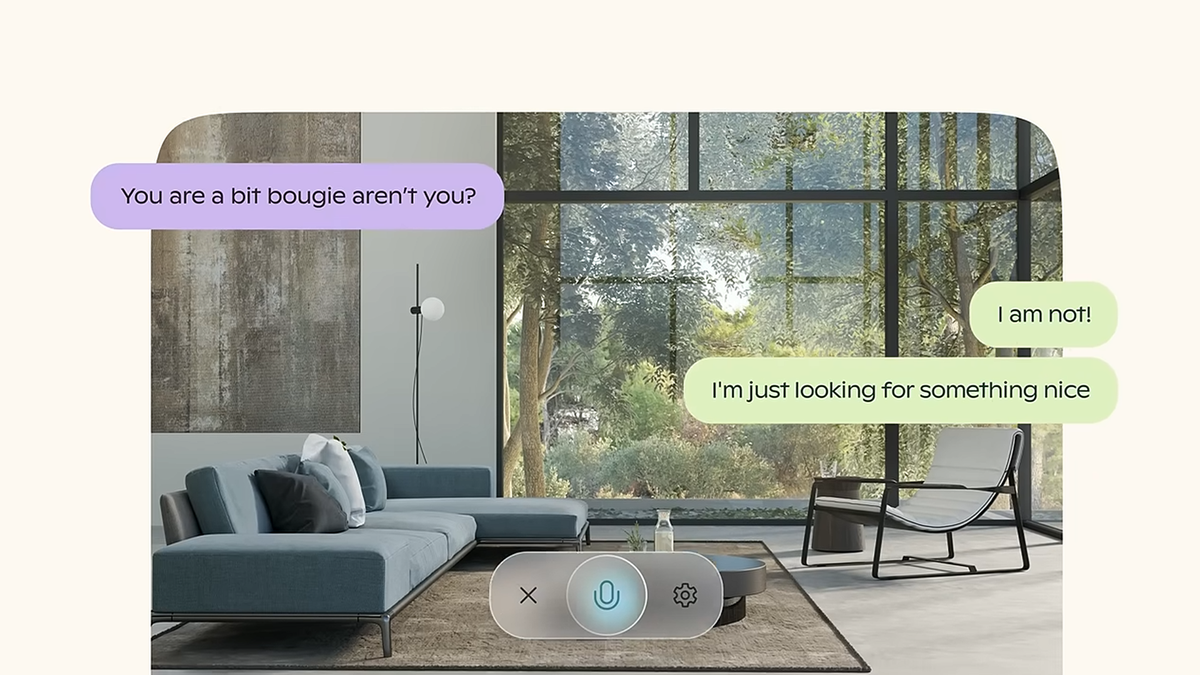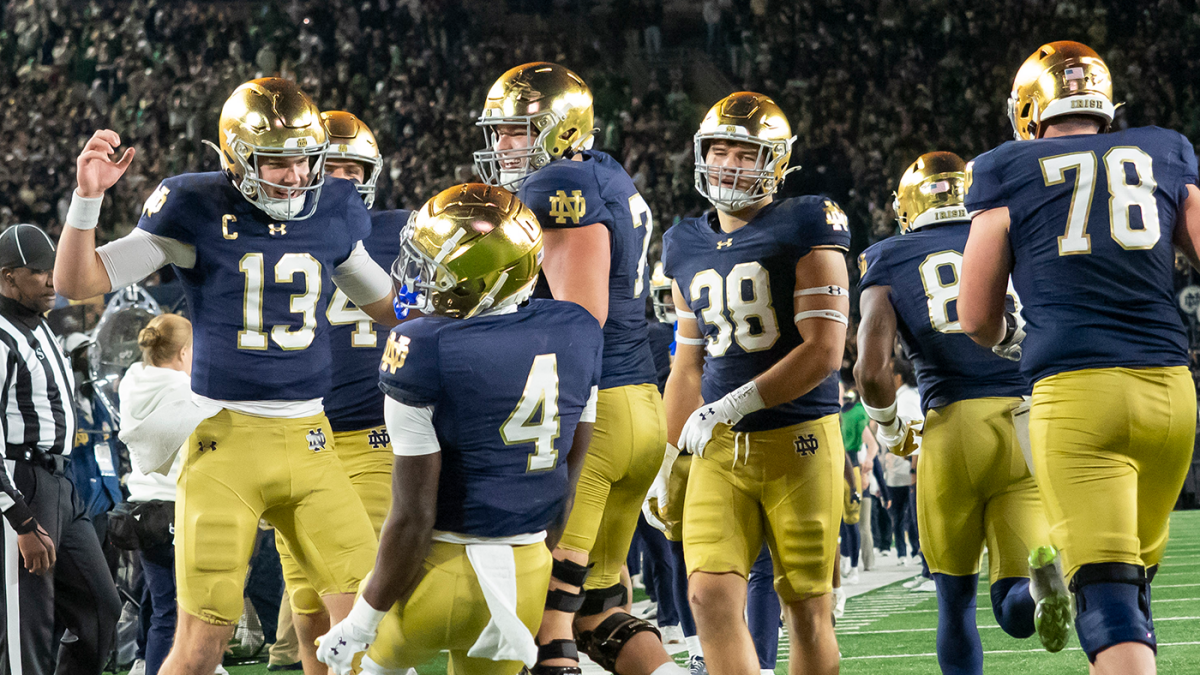World
15 Stunning, Mysterious Winners Of Small World Photo Awards

Finalist, Two water fleas with embryos (left) and eggs (right), Suwalki, Podlaskie, Poland
Marek Miś – Nikon Small World Photo Competition 2024
Some seem scary or odd, others simply stunning. But they always surprise for their beauty and artistry, and this year the winners of the 50th annual Nikon Small World Photomicrography contest are no exception.
Octopus eggs, spider eyes, mouse brain cells, water flees with embryos and slime mold are among the awarded images that come under the spotlight from a world hidden to the naked eye.
The competition has been evolving since its launch in 1974 in tandem with advances in imaging technology, and continues to showcase the intersection of science and art as it celebrates its golden anniversary.
Bringing the wonders of the microscopic world to the general public, the competing photos showcase the beauty and complexity of life and objects seen through the light microscope, captivating scientists, artists and enthusiasts alike.
This year’s winning images were chosen from thousands of entries from 80 countries and a wide array of scientific disciplines. The overall winner took a $3,000 prize
The groundbreaking image of mouse brain tumor cells (below) by Dr.Bruno Cisterna, with assistance from Dr. Eric Vitriol, of Augusta University’s Medical College of Georgia won first prize. The photo reveals how disruptions in the cell’s cytoskeleton – the structural framework and “highways” known as microtubules – can lead to diseases such as Alzheimer’s and amyotrophic lateral sclerosis (widely known as ALS or Lou Gehrig’s disease).
All the images of the top 10 winners, honorable mentions and Images of Distinction can be found here.
1st Place, Medical College of Georgia at Augusta University Department of Neuroscience & Regenerative Medicine, Augusta, Georgia, U.S.
Bruno Cisterna & Eric Vitriol – Nikon Small World Photo Competition 2024
The photo displays differentiated mouse brain tumor cells and nuclei.
3rd Place, Kandid Kush Port Townsend, Washington, U.S.
Chris Romaine – Nikon Small World Photo Competition 2024
Above is the up-close view of a leaf of a cannabis plant. The bulbous glands are trichomes. The bubbles inside are cannabinoid vesicles.
6th Place, University of Helsinki Helsinki, Uudenmaan lääni, Finland
Henri Koskinen – Nikon Small World Photo Competition 2024
Consider slime mold that could be mistaken for makeshift parabolic antenna.
7th Place, Maria Enzersdorf, Austria
Gerhard Vlcek – Nikon Small World Photo Competition 2024
This is a gorgeous cross-section of a leaf of European beach grass.
Honorable Mention, Hounslow, Middlesex, UK.
Christopher Algar – Nikon Small World Photo Competition 2024
Like a spooky space ship, a brine shrimp seemingly floats through space.
Honorable Mention, Glendale, Arizona, U.S.
Bruce Douglas Taubert – Nikon Small World Photo Competition 2024
A viewer could be forgiven for mistaking the ocelli between the compound eyes of a yellow jacket to be a cartoon rendering of a cat’s face.
5th Place, Columbia University Department of Neurobiology and Behavior, New York, U.S.
Thomas Barlow & Connor Gibbons – Nikon Small World Photo Competition 2024
It’s hard to imagine the future bodies that will emerge from a cluster of octopus eggs.
Image of Distinction, Tanta University Department of Zoology Faculty of Science, Tanta, Egypt
Sherif Abdallah Ahmed – Nikon Small World Photo Competition 2024
This anterior section of a palm weevil looks like it has donned a pair of boxing gloves and warming up for battle.
Finalist, Bedlno, Świętokrzyskie, Poland
Paweł Błachowicz – Nikon Small World Photo Competition 2024
These aren’t webcams; rather, they’re the eyes of a green crab spider.
Honorable Mention, Feltwell, Norfolk, UK.
David Maitland – Nikon Small World Photo Competition 2024
This transverse section of the stem of bracken fern could be a cartoonist’s impression of a talking…stem of bracken fern.
Finalist, San Anselmo, California, U.S.
Alison Pollack – Nikon Small World Photo Competition 2024
This insect egg has been invaded and “parasitized” by a wasp.
Honorable Mention, Australian National University Centre for Advanced Microscopy, Canberra, Australia
Angus Rae – Nikon Small World Photo Competition 2024
This is not the little two-spotted ladybug one is accustomed to seeing land on a finger but, in fact, it’s the autofluorescence on its face.
Image of Distinction, University of Nottingham School of Life Sciences, Super Resolution Microscopy, Nottingham, Nottinghamshire, U.K.
Robert Markus – Nikon Small World Photo Competition 2024
This is a cross-section image of a dandelion’s curved stigma covered in pollen.
Image of Distinction, MDI Biological Laboratory Murawala Lab Bar Harbor, Maine, U.S
MMarko Pende – Nikon Small World Photo Competition 2024
Finally, another ladybug, this one spreading its wings in all its three-color splendor (if you count its eyes).










